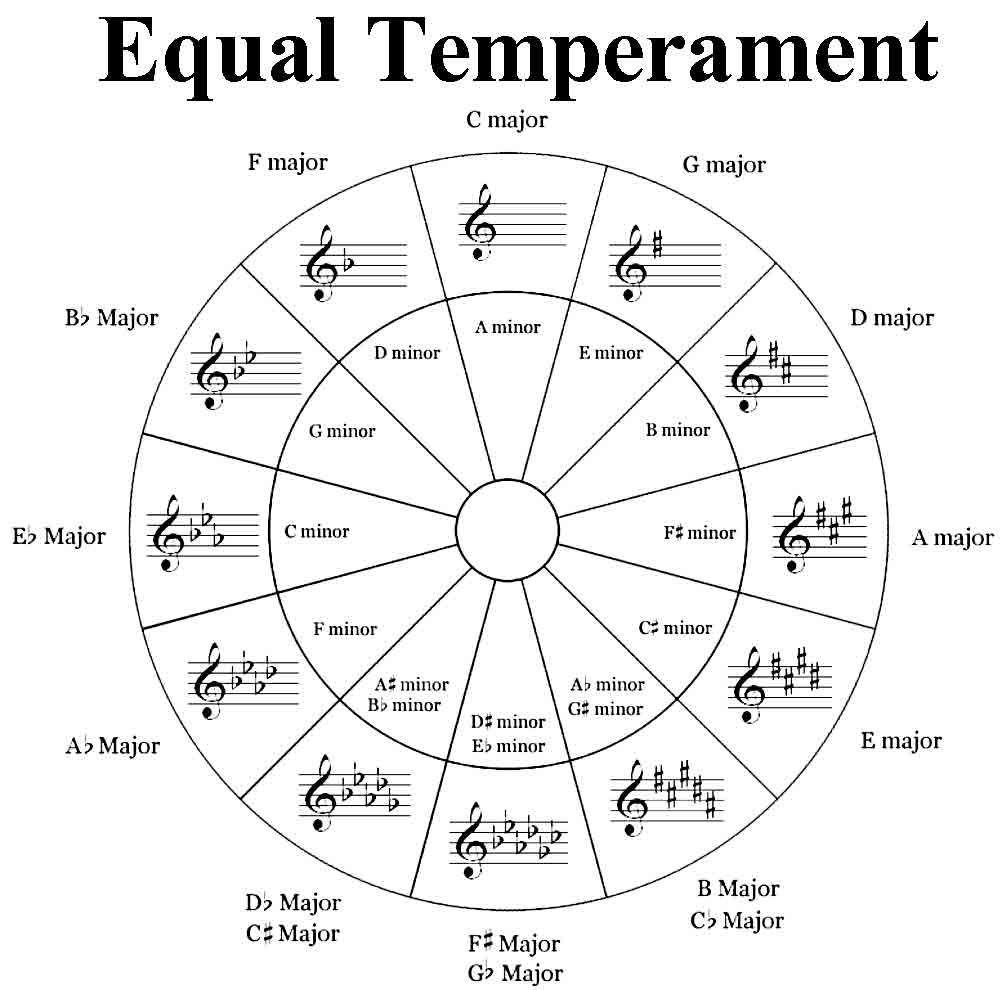Equal Temperament is a necessity that naturally came to the tonality, during its development. During the Baroque period, there was already a need for it. But the short Rococo and Classical period that came after – definitely needed the change to become permanently accepted. Flamenco instruments, of course, with their moveable frets (in the beginning), had to follow the new world’s trends. The new modern tuning brought a change that of course had to influence the very production of flamenco instruments.
Equal temperament is simply a way to detune each note in relation to others so that the system remains cyclic. To be able to modulate, and have the resulting key sounding normal – the Equal Temperament is an ABSOLUTE MUST..! When J. S. Bach wrote his 2 books Fugues and Preludes in the 1720’ies, in order to play his gorgeous music, he did one thing. He made the whole world tune their instruments to the newly appaired Equal Temperament…
Now, I know that this video will cause you headaches more than giving you any information. But, it is one of the videos I found with the most information given. (that is of course if you can stand this guy’s voice for 4 minutes). But I must admit that he (if anything) scratches the surface of each of the matters that are important to our understanding of music. Flamenco in its last 200 years of development, (and we can freely say that it is the whole flamenco history being tracked), is based on these rules. Flamenco guitars, following classical guitars’ development, are going through the same process of change. The only difference is that flamenco will experience advanced harmonic processes only from the beginning of the 20th century and up. While classical guitars and music are experiencing it from the beginning of the first half of the 18th century…

